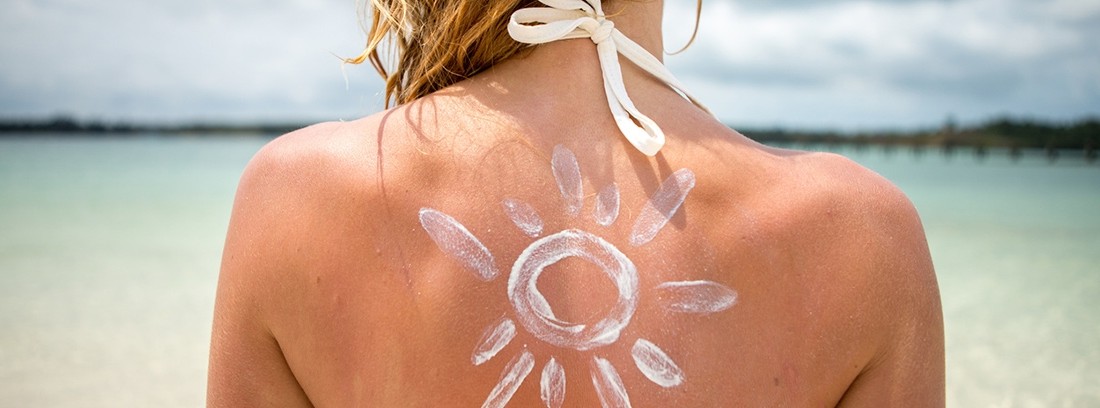Solar keratoses

How are they produced?
Solar keratoses appear as a result of the process of sun damage or actinic damage, that is, the accumulation of sun on the skin throughout life. They are especially frequent in fair-skinned people who spend many hours in the sun as a result of their work (bricklayers, sailors, farm workers) or their recreational activities (lovers of the beach, golf, tennis, etc.). The ultraviolet light from the sun is capable of altering skin cells causing uncontrolled growth that can evolve into a true
What do they look like?
In general, solar keratoses appear after 30 or 40 years on, such as the scalp (especially in bald people), the forehead, the nose, the ears or the back of the hands. Its usual appearance is that of small scabs on a reddened base, which can be torn off, but which persist, reappear or grow.
Untreated cases can develop into large, scab-covered plaques that bleed when removed. Keratoses that progress to carcinoma are recognizable because they appear hard, bleeding, and crusted tumors that can grow and metastasize to nearby nodes in a matter of months.
It is common for solar keratoses to appear over large areas, such as the scalp area in bald and elderly men, and in these cases we call all this altered area a cancer field.
Diagnosis and treatment
The dermatologist is trained to recognize actinic keratoses and differentiate them from other similar processes. In many cases it is necessary to perform a biopsy to rule out that the evolution towards an invasive carcinoma is taking place.
There are treatments aimed at each injury, which basically seek to destroy them individually. This can be easily accomplished with cryotherapy (freezing with liquid nitrogen), or electrocoagulation with an electric scalpel.
Lasers can also be used, but they do not offer any advantage.
However, treatments aimed at treating the entire field of cancer are more advantageous, that is, to have as much control as possible the area of the skin damaged by the sun on which keratoses appear. They are, among others, imiquimod, diclofenac, 5-fluouracil, or photodynamic therapy. The dermatologist will indicate in each case which is the best treatment option. Most cases are treated with a combination of all of these treatments.
Prevention
It is clear that prevention is based on sun protection. This is especially important for fair-skinned people who work or spend long hours in the sun. Sun damage is cumulative and it is very important to avoid it in childhood. Although there are excellent sunscreen creams, we must not forget that the best sun protection is physical, that is, the use of caps and T-shirts, especially in sunny months and during the central hours of the day.
- They are lesions due to the accumulation of sun on the skin and can evolve into cancer.
- Scabs appear in the areas most exposed to the sun (scalp, forehead, nose ...), mainly in older people with fair skin.
- Cryotherapy treatment or treatments aimed at treating the entire field of cancerization.
(Updated at Apr 14 / 2024)